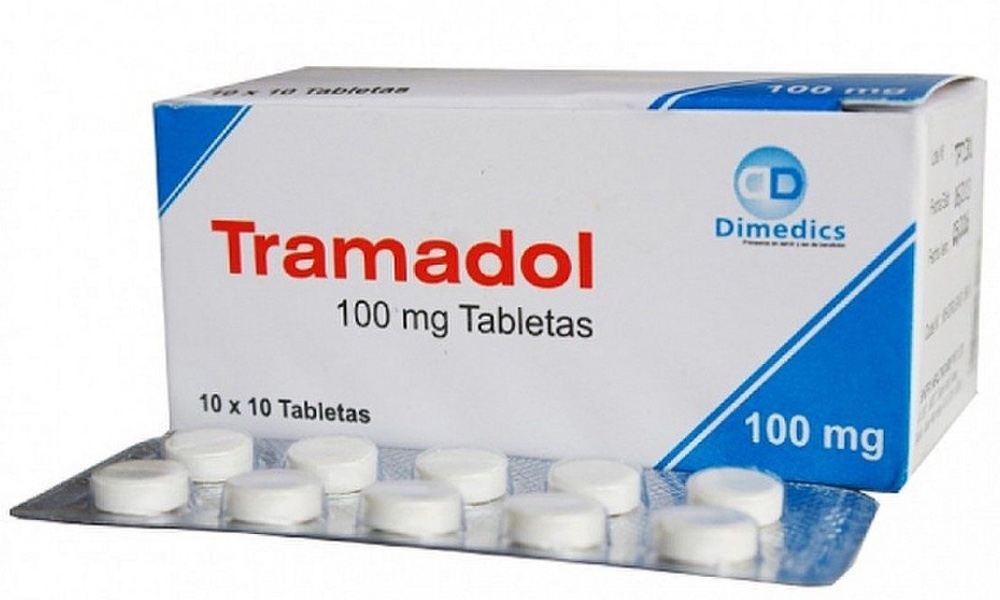Adolescents’ use of digital technology, already a concern before the COVID-19 pandemic, significantly increased during the last several years. Unfortunately, so did teens’ risk of the mental health issues associated with too much screen time.
More screen time, particularly time spent watching videos or playing video games, increased kids’ risk of being diagnosed with obsessive-compulsive disorder (OCD) two years later, a team led by researchers at the University of California in San Francisco found.
OCD is a condition characterized by intrusive thoughts and repetitive behaviors that disrupt the lives of those with the condition. “Screen addictions are associated with impulsivity and loss of behavioral control, which are core symptoms of OCD,” Jason Nagata, lead author on the study, told TheDoctor. The fact that there is so much specific content in each YouTube video, and the sheer volume and variety of videos available on the platform, could ultimately lead to OCD.
“When watching YouTube videos, children may focus on particular types of content, and the platform’s algorithms and advertisements can sharpen that focus,” explained Nagata, an assistant professor of pediatrics at UCSF. That focus on specific content or types of content can lead to obsessive or compulsive thoughts about it.Each additional hour of watching YouTube videos was associated with an 11 percent increase in risk of OCD after two years, and each hour spent playing video games was associated with a 13 percent increase in OCD risk.
Children who spend excessive amounts of time playing video games report the need to keep playing more and more, and being unable to stop even if they try to stop, Nagata said. Intrusive thoughts about video game content can develop into obsessions and compulsions, which can also lead to OCD.
Nagata said the finding that watching traditional television did not increase the risk of OCD surprised him. It may be harder for children to develop these kinds of obsessive or compulsive thoughts when watching traditional television because the types of programming and number of channels are limited, he said.
Data from more than 9,200 participants in the Adolescent Brain Cognitive Development study were analyzed. Children were nine and 10 years old when they enrolled in the prospective study, which will continue to follow them through adolescence. The current paper reports data at baseline and after a two-year follow-up period.
Each additional hour of total screen time was associated with a 1.05 times greater risk of OCD at the two-year follow up. Watching YouTube videos and playing videos games, versus watching traditional television, were the types of screen time most closely associated with increased OCD risk. Each additional hour of watching YouTube videos was associated with an 11 percent increase in risk of OCD after two years, and each hour spent playing video games was associated with a 13 percent increase in OCD risk.
The researchers' overall goal is to understand how the use of digital technology impacts mental health and substance use among adolescents. “We are going to keep studying these complex relationships as these teens get older and their social media use increases,” Nagata said. He and his team are trying to answer a chicken-or-the-egg type of question: Does screen use cause mental health issues or are kids and teens who are predisposed to mental health issues more likely to become fixated on their screens?
Screen time was self-reported in the current study. “Children and teens tend to underestimate their screen time, because they know they are not supposed to have so much of it,” said Nagata. Going forward, the researchers want to use objective measures of screen time, such as phone apps, to get a more objective picture of how and how long kids spend time online.
The study is published in the Journal of Adolescent Medicine.





